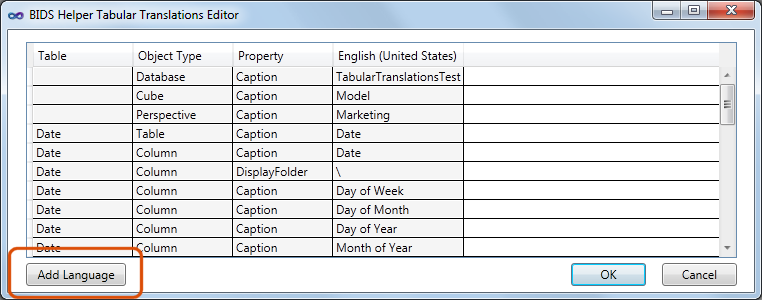

pbix file through Power BI Desktop, but luckily there is a workaround. It is not possible to change this setting on an existing. However, if you installed Power BI Desktop with a different application language, but you still want to use english names (or some other language) for objects in your model, make sure that you adjust the Model Language setting accordingly, before you create your. This is fine, since I’m always using english names for all my model objects anyway. pbix file I create on my machine, will have its default model culture set to “en-US”.

On my machine (see screenshot), this has been set to “Use application language”, and since I’m using a US-English version of Power BI Desktop, it means that any new. In Power BI Desktop, under File > Options and Settings > Global Regional Settings, you can see what language will be assigned as the Model Language upon creation of new models:

When launching Power BI Desktop, you should see Tabular Editor on the External Tools ribbon:īefore adding metadata translations to your model, make sure the language used for objects in the dataset (tables, columns, measures), is aligned with the Model Language (aka.
#Tabular editor translations zip#
If you used version, you need to manually copy the file from inside the zip file, into your %commonprogramfiles(x86)%\microsoft shared\Power BI Desktop\External Tools folder.
#Tabular editor translations install#
Also, you’ll need to install the latest version of Tabular Editor. Make sure you’re using the July 2020 release (or newer) of Power BI Desktop. You can also watch Christian Wade demonstrate this technique in a video (starting at around 7:00 minutes). This article demonstrates the latter, using Tabular Editor as the external tool. You can add metadata translations to a dataset in Premium in two ways: Either through the XMLA read/write endpoint or by using the External Tools integration in Power BI Desktop. A little known fact about the Power BI service, is that metadata translations actually work just fine for an imported or DirectQuery dataset within a dedicated capacity workspace (Power BI Premium or A SKUs).


 0 kommentar(er)
0 kommentar(er)
